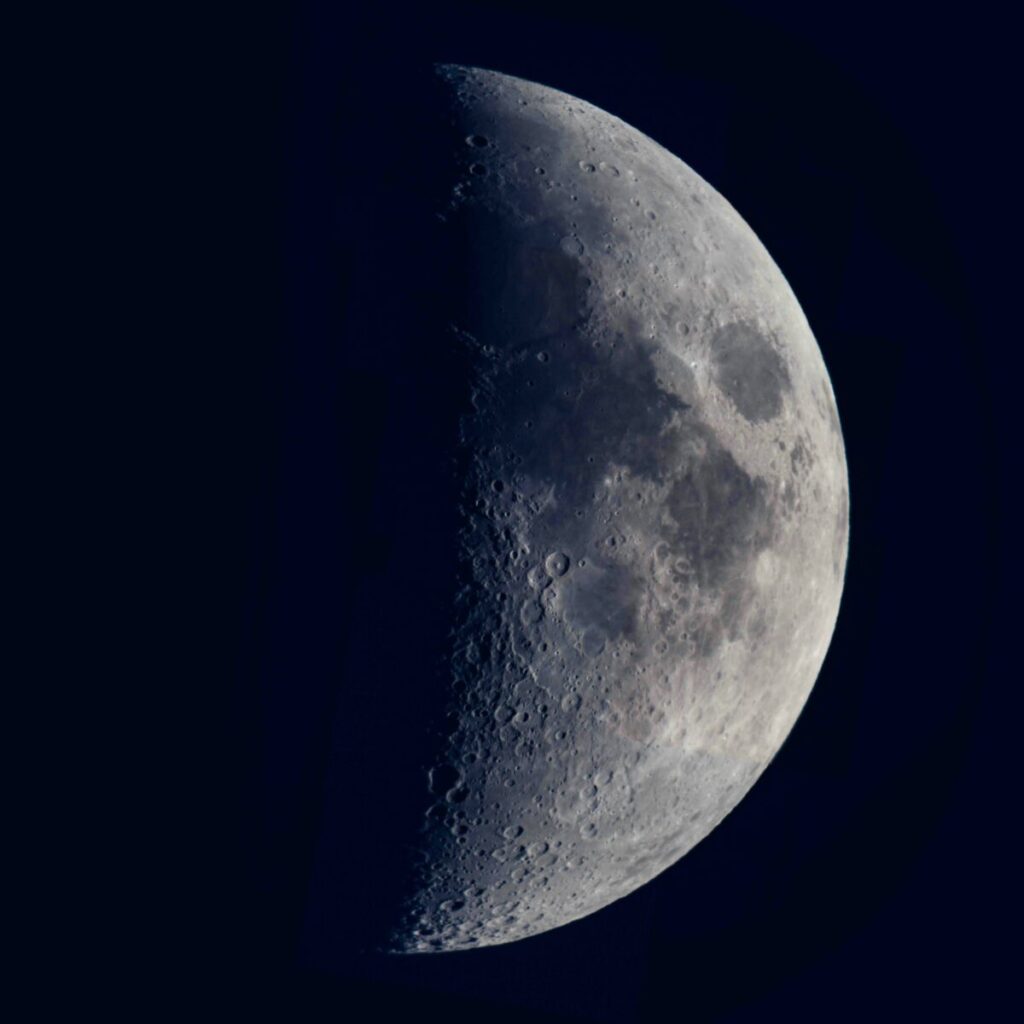German scientists are of the opinion that the power generation for future habitats on the moon can be achieved by producing the production of Halide PeraiKiet cells locally, using Regolith-based Moonglass.
German scientists have presented the power generation for future habitats on the moon, can be reached by producing halogenide perovskiet cells locally, using Regolith-based Moonglass.
In the newspaper “Moon Photovoltaïschens using Lunar Regolith and Halide Perovskites‘It was published on DeviceThey explained that the proposed production solution could save 99% of the material transport weight and therefore costs.
The University of Potsdam Institute of Physics and Astronomy Scientists led by Julian Mauricio Cuervo-Sortiz also said that the local production of perovskites on the Moon would enable specific power ratios, more than 22-50 W/G, a 20-100 factor higher compared to traditional space of the radiation, which have a radiation in the having, which have a starying location, and a that has a loting location, and that have a starying positions, which have a starying positions, which have a starying positions, which have a starying positions, which have a radiation positions, and a ber. Stability that has been done so far.
“With the help of Anorthosite High-Glas-forming Regoliet Simulant, we achieve transparent moonglasses that make it possible to deposit high-quality perovskites,” the scientists said.
The research group tested three device configurations based on opaque copper (CU) electrodes in a superstratch configuration and transparent ultrathinetal and indium sainkor (IZO) designs in substrate configurations.
“In the substrate configurations, efficiency reached 9.4% (with the ultra -thin metal contact) and 12.1% (with IZO) on Moonglass under non -optimized conditions for the deposition of the contact layers, similar to efficiency achieved on normal glass substrates,” the academici. “Further optimization of the transparent contact layers to reduce the series resistance of the devices can make an efficiency of 17.5%possible”
The research says that the Moonglass shows a high tolerance for high-energy proton radiation, which, in combination with the radiation tolerance of perovskites, allows highly radiation-tolerant, reliable devices to sail the way to future sustainable lunar energy solution.
Looking ahead, the researchers are of the opinion that perovskiet solar cells that are manufactured on the moon through the proposed process can achieve the efficiency of more than 23%. “Combining high radiation tolerance, highest power-per-Mass relationships and easy manufacture launched, our most promising route to future future moon habitats-based solar cells are the most promising route in the near future,” they concluded.
This content is protected by copyright and may not be reused. If you want to work with us and reuse part of our content, please contact: editors@pv-magazine.com.

